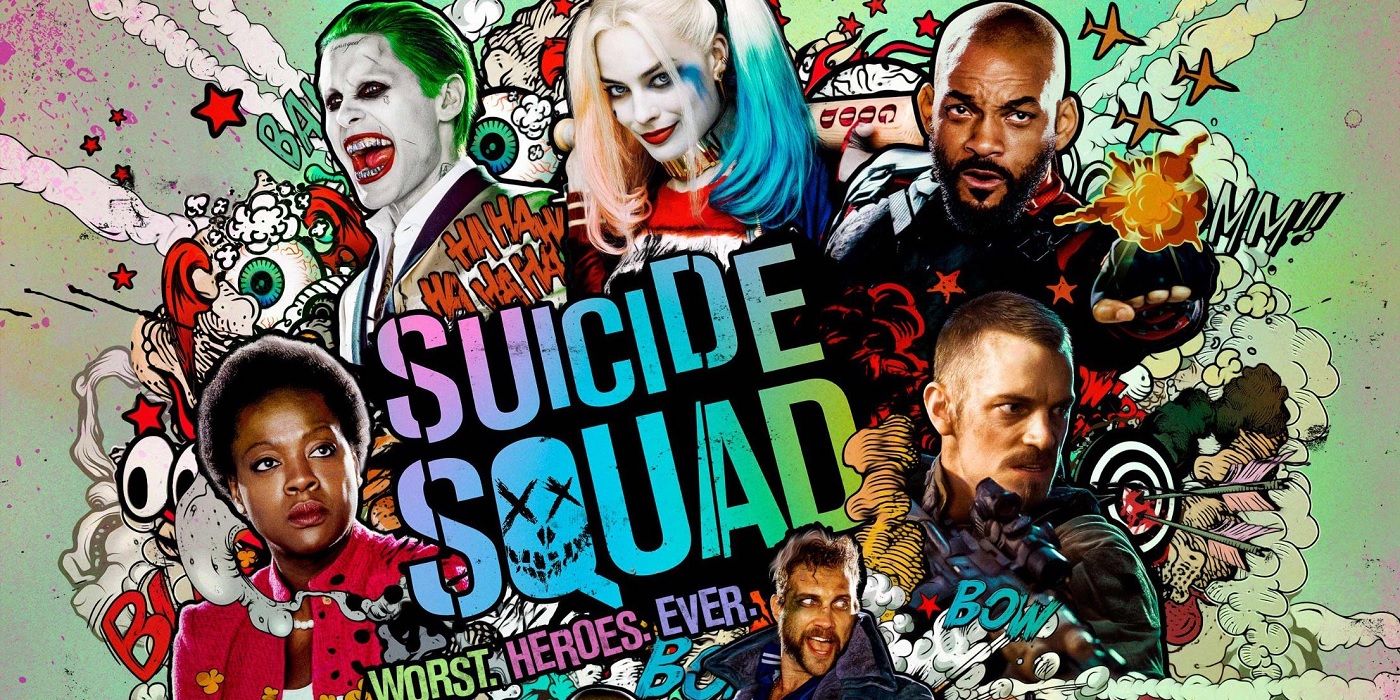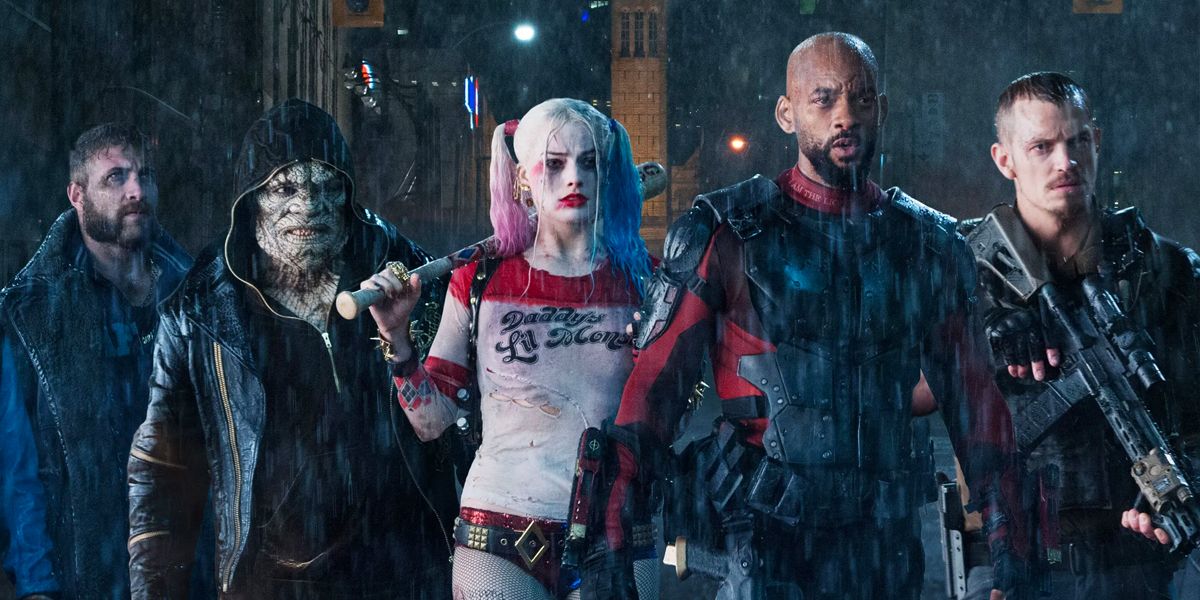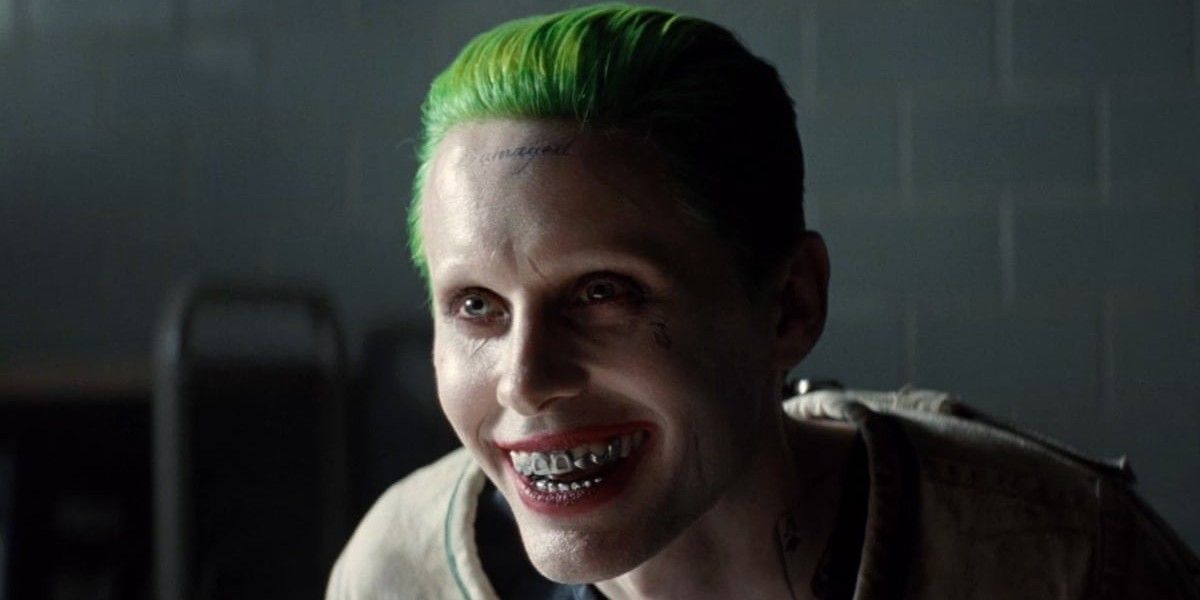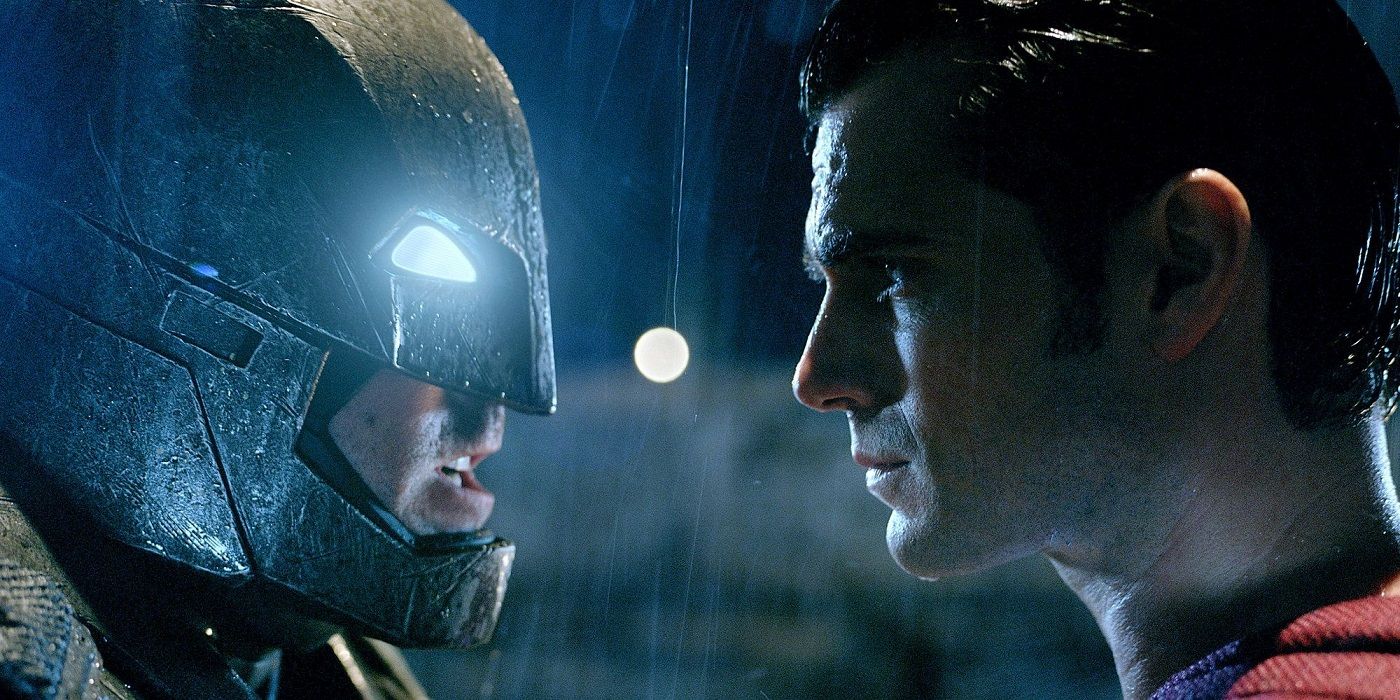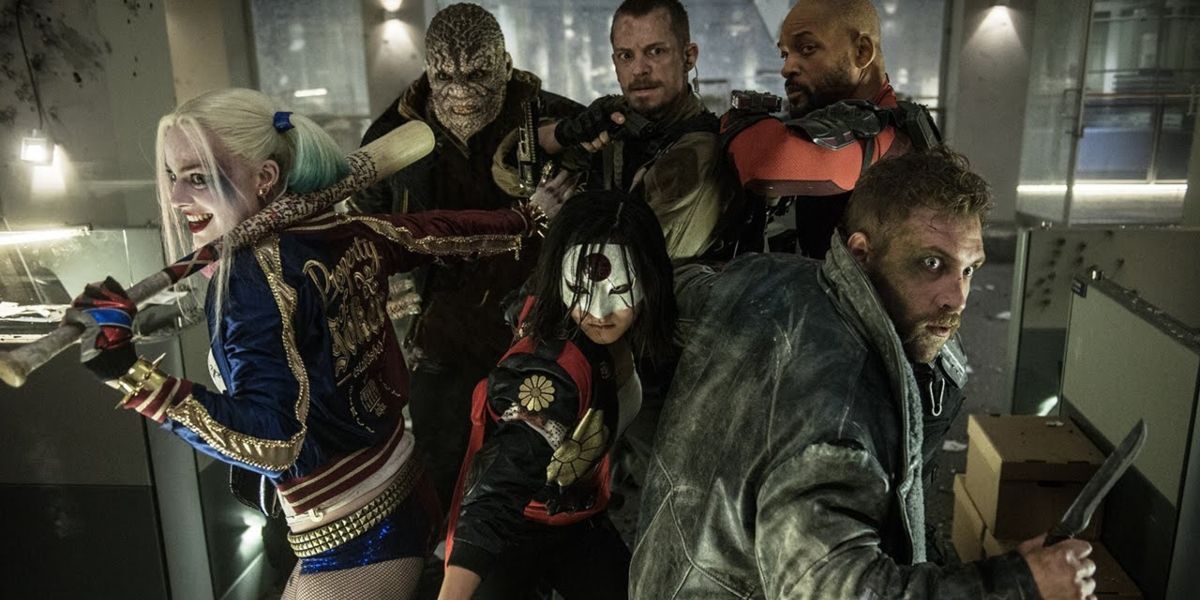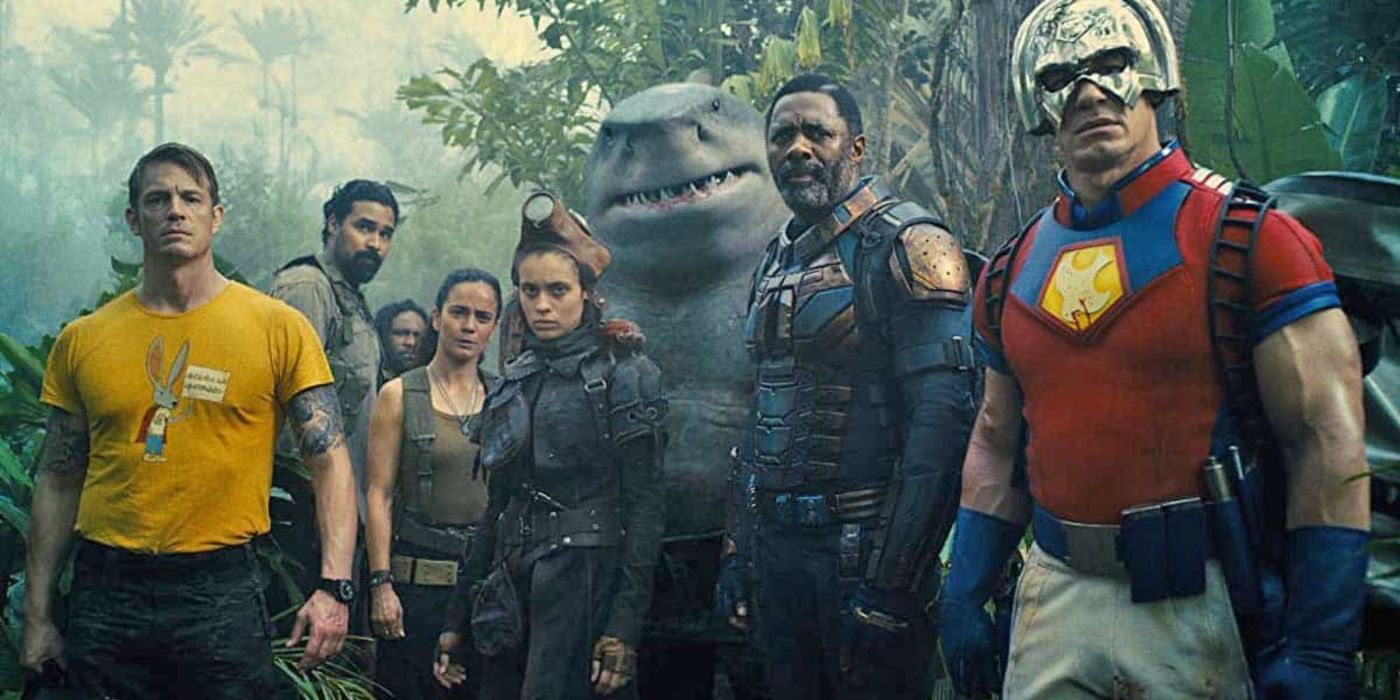The Big Picture
- "Suicide Squad" received negative reviews and was a disappointment for Warner Bros. after the critical response to "Batman v Superman: Dawn of Justice."
- Warner Bros. wanted to fast-forward the development of an interconnected DC Universe, leading to rushed production and reshoots for "Suicide Squad."
- Director David Ayer's original vision for "Suicide Squad" was altered in the editing room, resulting in a film that didn't know what it wanted to be. James Gunn's upcoming "The Suicide Squad" will be a quasi-sequel with no connective tissue to the original.
While writer/director David Ayer’s Suicide Squad was a significant box office hit in 2016, it received generally negative reviews from critics, and as such was a disappointment for Warner Bros. after the harshly negative critical response (and relatively disappointing box office) of Batman v Superman: Dawn of Justice earlier that same year. Add in rumors of significant reshoots and fights over the final edit of the film, and Suicide Squad was far from the DCEU course correction many hoped it would be. So how did this once-promising auteur-driven DC movie end up being essentially erased by Warner Bros. just a few years later? It’s a long story.
To explain what happened with David Ayer’s Suicide Squad we first have to go back to Man of Steel. Zack Snyder had been hand-selected to reboot Superman based on an idea by Christopher Nolan and David S. Goyer – an idea the duo hatched while working on the script for The Dark Knight Rises. Warner Bros. knew Nolan was planning on completing his Batman trilogy with the Bane-infused third installment, and was hoping Man of Steel would kick-start a new franchise. And while the gritty take on Superman was successful, it wasn’t the global smash-hit Warner Bros. was hoping for – especially as rival Marvel Studios had just launched The Avengers to worldwide acclaim.
The Making of David Ayer's 'Suicide Squad'
But Man of Steel was a start, and so Warner Bros. brought Snyder back for a sequel – albeit one that would hopefully turbo-boost an interconnected DC Universe. Indeed, it wasn’t until Batman v Superman: Dawn of Justice that Snyder was able to start enacting plans to build out a series of movies that all took place in the same universe, a la Marvel. But whereas Marvel released five standalone movies before getting to The Avengers, Warner Bros. wanted to fast-forward this process and use this Man of Steel sequel as a sort of mini-Justice League prequel.
Batman v Superman was announced in 2013, and Snyder set about developing that film and casting new roles for Batman, Wonder Woman, Aquaman, and The Flash to tee up their own standalone movies. And in 2014, Warner Bros. put Suicide Squad on the front burner as well, hiring Training Day writer and Fury filmmaker David Ayer to write and direct this gritty, antihero-filled team-up movie. By that point Ayer was already on an accelerated schedule – he had only six weeks to write the screenplay, with casting occurring simultaneously. Offers went out to folks like Ryan Gosling, Jake Gyllenhaal, and Tom Hardy, and while they eventually passed, Ayer was able to assemble an A-list ensemble led by Will Smith and Margot Robbie – both fresh off the production of the romantic conman film Focus.
The First Look at 'Suicide Squad'
By most accounts, the filming of Suicide Squad actually went pretty smoothly. Ben Affleck shot a cameo to further connect the film to Batman v Superman, and Jared Leto was touted as the new Joker having just won an Oscar for his work in Dallas Buyers Club. And a few weeks after filming wrapped in 2015, Ayer and the cast made a surprise appearance at San Diego Comic-Con where they unveiled a sizzle reel of footage that promised a dark, gritty, dramatic twist on the DC Comics title.
The funny thing about that sizzle reel is it was never meant to be seen by audiences at large. When the footage was shown in the room at SDCC, it leaked online in a low-quality version. Warner Bros. scrambled and had to decide what to do – let the crappy version of the first footage from this highly anticipated DC movie live on YouTube, or upload the high-resolution version for all to see. They ultimately chose to do the latter, but with some consternation – this was not an actual teaser trailer meant to lure in general audiences, but instead a sizzle reel of footage meant to rile up fans at Comic-Con who were already familiar with the material. Indeed, ever since that event, Warner Bros. has refused to show Comic-Con audiences “exclusive” footage and instead releases everything that’s shown in the room online as well.
The irony is if it weren’t for that Comic-Con reel, we may never have known what the tone of Suicide Squad was originally supposed to be. Reaction to the Comic-Con footage was positive, but when the film’s first teaser trailer was released in January 2016, the tone was decidedly different. The footage opened with Queen’s “Bohemian Rhapsody” and heavily emphasized more comedic moments with the cast. It was clear that Warner Bros. was now trying to sell Suicide Squad as their own version of Guardians of the Galaxy, which was a massive success in 2014.
Batman v Superman v Suicide Squad
And so this trailer that was not necessarily reflective of the movie that Ayer shot went over like gangbusters. But the final nail in the coffin that set Suicide Squad on a path towards the mess it would become was Batman v Superman. The much-touted superhero team-up film hit theaters in March 2016, and Warner Bros. was so bullish on building out this DCEU that Snyder was already weeks away from beginning filming on the first Justice League movie. And then Batman v Superman not only got hammered by critics, but box office receipts weren’t promising either. It ended up grossing nearly $900 million worldwide, which is absolutely a lot of money, but for the first live-action film to team up the two most popular superheroes on the planet, Warner Bros. expected a lot more.
Then-WB executive Kevin Tsujihara (who was later forced out of his position after a sex scandal) was reportedly “really pissed about damage to the brand” and the studio started getting extremely nervous about the downer tone of Ayer’s Suicide Squad. They sent the film back for expensive (and extensive) reshoots to add more humor, and went so far as to hire trailer editors to take a pass at editing the actual movie. While audiences and fans were still eagerly looking forward to Suicide Squad, they had no idea that behind-the-scenes the film was being frantically reshaped.
The Release of 'Suicide Squad'
When Suicide Squad was released in August 2016, it was a box office hit, and in general, audiences seemed to like it, although critics weren’t much kinder to Suicide Squad than they were to Batman v Superman, singling out its disorienting focus and distracting soundtrack. It was clear from the first 30 minutes that, at least in this cut of the movie, the film didn't really know what it wanted to be and settled on "let's try three different opening scenes with wildly different songs all in a row."
Ayer would eventually admit that his “soulful drama” was “beaten into a comedy” in the editing room, and that the theatrical cut did not reflect his intended vision for the movie. He cited the negative response to Batman v Superman but also the success of R-rated comedy Deadpool as reasons why WB was adamant about recutting Suicide Squad and removing its more dramatic elements.
The Future of The Suicide Squad
But money is money, and while Warner Bros. found itself waging new battles on Snyder’s Justice League, the studio still tried for the next few years to make a Suicide Squad sequel happen. Jaume Collet-Serra (The Shallows) was the studio’s first choice to direct, but he chose to make Jungle Cruise instead. Then Gavin O’Connor (The Accountant) signed on to direct and co-write, only to back out when he discovered Birds of Prey was telling a story similar to the one he intended to tackle in Suicide Squad 2. Even Mel Gibson was courted to direct the follow-up at one point.
And then in October 2018, it was announced that James Gunn would be writing and directing the next Suicide Squad movie. The filmmaker was given his choice of DC properties to tackle, and he chose Suicide Squad with one caveat: he wanted carte blanche. And so The Suicide Squad was born, a film that’s technically a sequel to Ayer’s film but has no connective tissue to that original movie beyond having some of the same actors reprising their characters.
In reflecting on how Suicide Squad came about in the first place, Ayer was clearly in a challenging position. He was not only chasing a release date, but also caught in the middle of a studio unsure of how to build out its own universe of superhero movies yet confident it wanted to do it as quickly as possible. They panicked. For Ayer’s part, he’s ready to put Suicide Squad behind him. While he voiced support for fans who wanted Warner Bros. to release his cut of the movie – a version he says is a mature cut edited by Lee Smith, built on the prior work of editor John Gilroy, and containing exactly zero “radio songs” – the studio has made clear it has no intention of doing so. On July 29th, Ayer released a raw personal note affirming the theatrical version of Suicide Squad is not his cut, but also explaining why he’ll never tell his side of the story. He wished Gunn and WB well, before concluding by saying he’s done talking about Suicide Squad or the “Ayer Cut” publicly.
This tale of two Suicide Squads is a pretty perfect distillation of the violent shifts this industry can go through in short periods of time, and the hurried decisions studios can make when their bottom line is threatened. Five years is an eternity.

